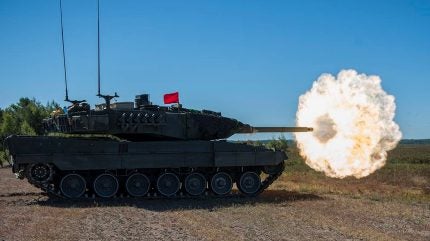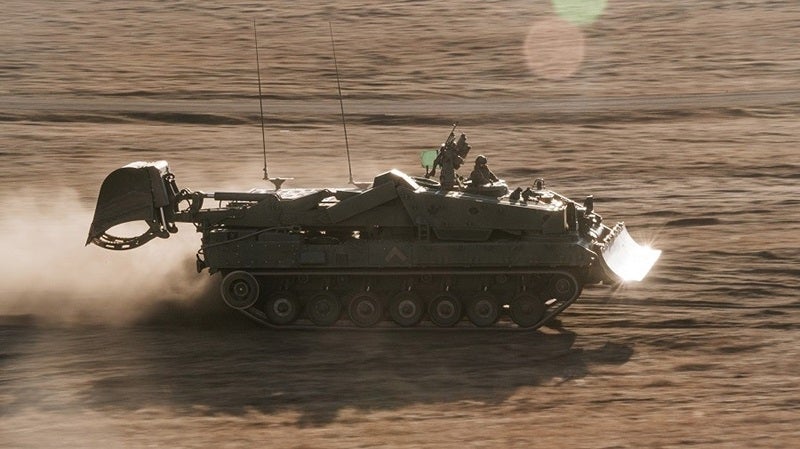
Canada has contracted KNDS Germany to sustain the Leopard 2 family of main battle tanks (MBTs) in active service as well as the Armoured Recovery and Engineering Vehicles based on the tracked model.
The €600m (C$907.2m) deal, which begins in September 2024, runs until March 2031. It also includes an option for five more years of service, which if exercised, would bring the cost to C$2bn, the government estimates.
Canada has operated various Leopard 2 vehicles – 103 in all, according to GlobalData intelligence – over the last 20 years. This includes engineering vehicles, recovery vehicles, 2A4s, 2A4Ms and 2A6Ms.
The new sustainment contract was signed in Ottawa, the Canadian capital, and includes programme management, maintenance, technical services, supply support, engineering support and other forms of service as required.
KNDS confirmed that a new Regional Maintenance and Repair Centre will be established to enable these efforts. The facility would be located near Edmonton, Alberta. These commitments will contribute a total C$32.5m to Canada’s gross domestic product.

Notably, KNDS owns and has access to the intellectual property rights and supply chains for the Leopard 2. This makes the German manufacturer the only viable industrial partner to become Canada’s single prime contractor providing long-term sustainment services to the existing fleet.
“This interim measure to sustain our Leopard 2 family of vehicles is a welcome and important step to ensure that we can continue to conduct operations and train effectively, while concurrently planning for the future mobility and firepower requirements of the Canadian Army,” commented Lieutenant-General Michael Wright, a Canadian Army Commander.



